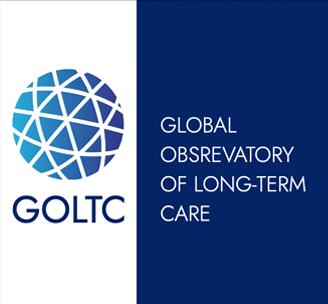Project Summary
Social connection is an umbrella term that describes how we connect to other people. Social connection includes several distinct but related concepts. Some of these concepts are readily observed or measured, like the number of people in a person’s social network or social isolation, an objective lack of social contact. Whereas other aspects of social connection are subjective, like loneliness which describes how someone feels about the quality and quantity of their relationships. Social connection is fundamental to person-centred care in long-term care homes. Yet, the development and implementation of psychometrically robust measures of social connection is limited, particularly for people living with dementia.
The findings of the SONNET Study will enable researchers and care settings to test the effects of interventions and to report outcomes at the individual-, home- and system-level. We will make our inventory of existing and new measures freely available. Our team has the interests, expertise and international networks to maximise impact by disseminating and promoting uptake of the instrument(s) in research and long-term care settings.
Outputs / expected Outputs
Valid and reliable approaches to measuring social connection for long-term care home residents, including those living with dementia, will advance care and improve health and quality of life in this population.
PUBLICATIONS & OTHER OUTPUTS | |
| Output 1 | |
|---|---|
| Output 2 | |
| Output 3 | |

